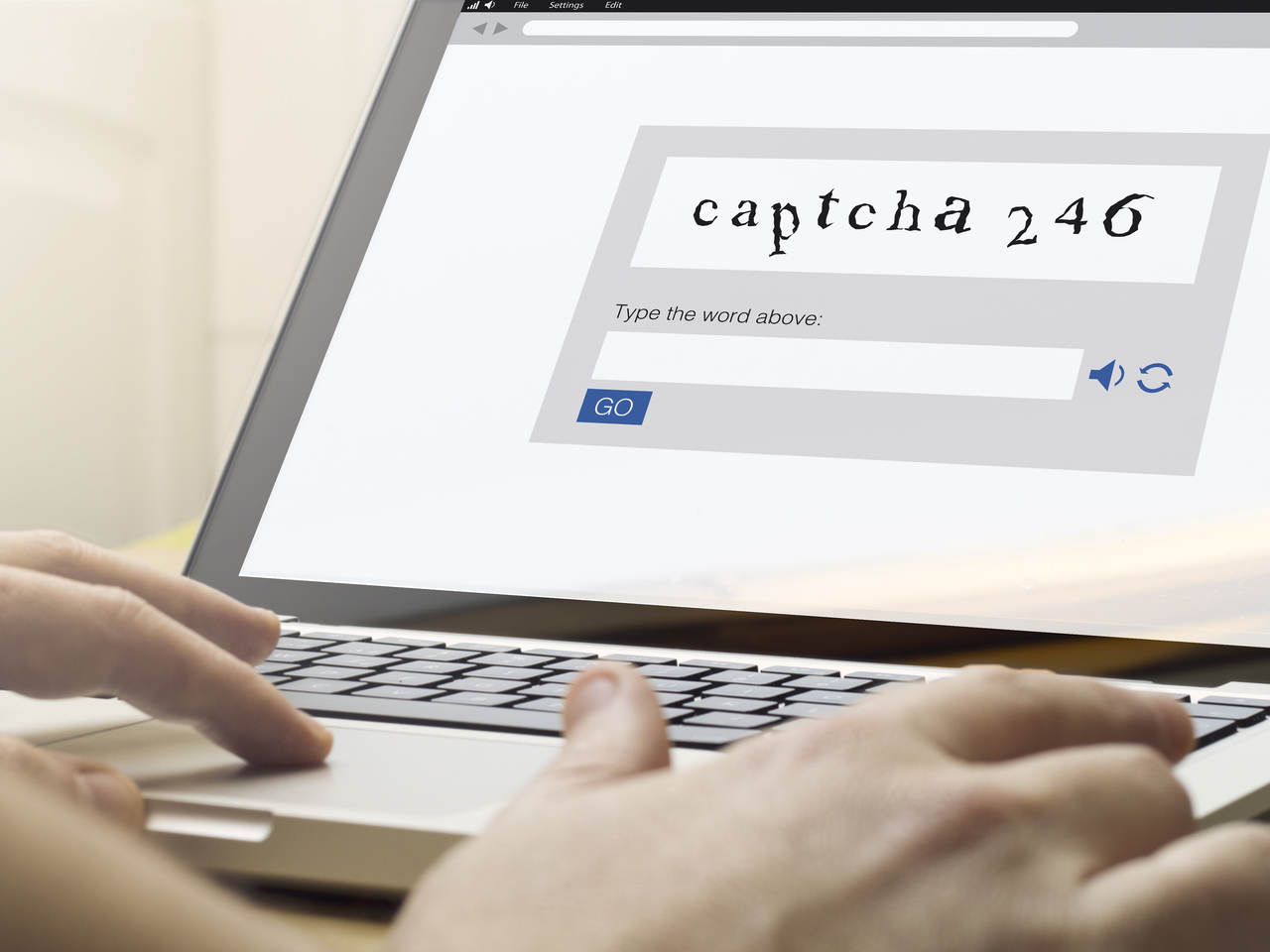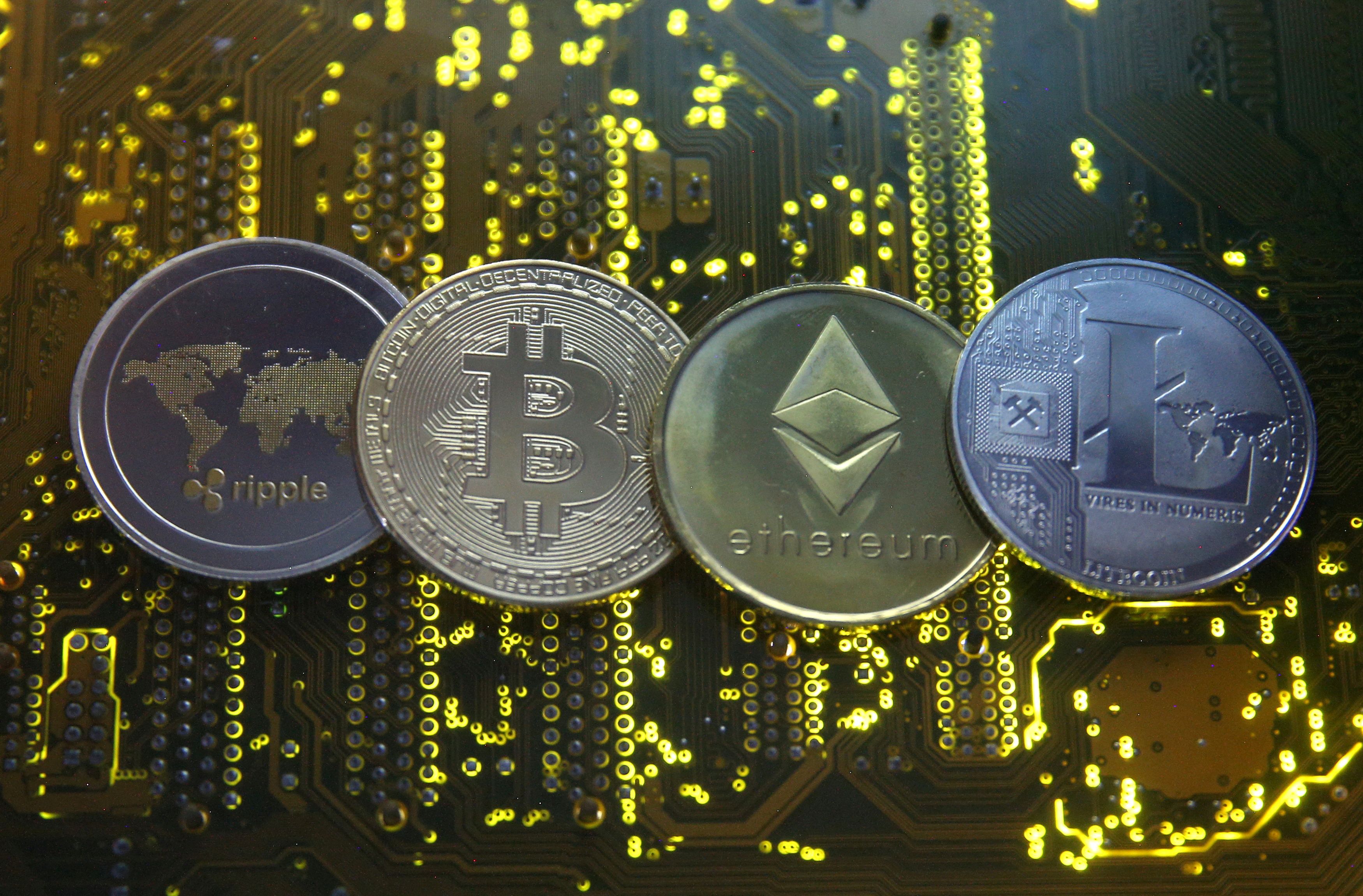
Unusual Activity Detected: Are You Human?
We’ve all encountered the frustrating message, “We’ve detected unusual activity from your computer network. To continue, please click the box below to let us know you’re not a robot.” This seemingly innocuous prompt has become a common sight on the internet, but what exactly does it mean?
In a world where cybersecurity threats loom large, website administrators are constantly on high alert for any signs of suspicious behavior. The message is a security measure implemented by websites to protect against automated bots and potential cyber attacks. By clicking the box to confirm you’re not a robot, you’re essentially proving your humanity to the website’s security system.
This simple checkbox has become a digital barrier, separating humans from bots in the vast landscape of the internet. It’s a reminder of the ongoing battle between security measures and malicious actors seeking to exploit vulnerabilities online.
The Rise of CAPTCHA
CAPTCHA, which stands for Completely Automated Public Turing test to tell Computers and Humans Apart, is the technology behind the familiar checkbox prompt. Developed to distinguish between human users and bots, CAPTCHA has evolved over the years to include various forms such as image identification, text challenges, and even audio tests.
Originally created to prevent automated bots from spamming websites, CAPTCHA has now become a standard security feature across the web. Its effectiveness lies in its ability to present challenges that are easy for humans to solve but difficult for bots to replicate.
 CAPTCHA Security
CAPTCHA Security
The Human Touch
While CAPTCHA serves as a vital line of defense against malicious activities, it also raises questions about user privacy and data collection. By interacting with CAPTCHA prompts, users unknowingly contribute to training data for machine learning algorithms, further blurring the lines between man and machine.
As technology continues to advance, the distinction between human and AI capabilities becomes increasingly nuanced. What was once a simple task of clicking a box has now become a reflection of the intricate dance between human cognition and artificial intelligence.
Embracing the Challenge
Next time you encounter the familiar message prompting you to confirm your humanity, take a moment to appreciate the complexity behind the simple checkbox. In a digital landscape filled with uncertainties, embracing the challenge of proving you’re not a robot is a small but significant step in safeguarding the online world.
Stay vigilant, stay human.














